Ulu's (Part 1): Essentials for Island life are often on the mainland.
For the inhabitants of the San Blas Islands(otherwise known as Kuna Yala off of Panama's Caribbean coast), the main source of food and water comes from the mainland. Even there, many food items are not grown and have to be bought from local traders working the shoreline in cargo vessels of every size and description including small ulus.
Water is rare on any of the 360 small sandy and often over populated islands so virtually all water has to be brought from far upstream in local rivers on the mainland. This has become a daily chore for men, women and children of the mostly island nation.
We ventured up a few rivers with Justino, our hired Kuna guide and our friend to get a better understanding of their lives. Justino was born on another island a few miles away from Gerti, an island were he lives now. In the Kuna culture when the man marries, he moves in with his wife's family. If it's on a different island, so bit it. His birth family might not see much of him anymore.
The ulu's (Kuna word for a dugout canoes- "Ulu".) that are used for rivers (shown above) are slightly different from those carved for sea duty. I did not know this until Justino pointed it out. The river ulus have a rounded bow and stern under body which allow turns to be made easier.
The ulus used out on the islands (also shown above) have a near plumb bow (that which has a knife like edge near vertical). This sharp narrow entry, acts to cut the waves and to keep the craft moving straight. Sort of the directional stability a keel or rudder might give.
Here, side by side, you can see the Difference between the Sea Ulu on left and the River ulu, on right.
The plumb/sharp bow of a sea ulu, makes it a bit difficult to turn in tight quarters, so the 'sea versions' are rarely used in narrow or curvy streams, but still ok for the wider streams and rivers.
The most common ulu, is the family taxi/the mini-van of western culture and has room for the essentials. For hauling water, they have to be wide enough to hold buckets or other containers. They also have to carry palm fronds for roof repair on their huts, bamboo for walls, larger poles for structural members, etc. Not sure what they used 50 or 100 years ago for water retrieval, but now the plastic vessels common in western culture have become the norm in these islands for many uses.
Seen here, a few larger sea ulus have been beached upstream. Often, the crew is off harvesting other foods, after loading up on water.
The lands near the coast, for up to 10 miles inland have been slashed and burned (in sections) to allow for food production.
Hillsides above in the backround, have recently been burned, so the timber is being harvested slowly by locals. The land close up has been planted and now producing bananas, pinapples and other food items.
Banana, pineapple, yuca, avacado, mango, papaya, potato, limes are the most common crops. There are many others who's names I am not familiar with, that they harvest too. Some for industrial uses, and some as food products. They use much of the grown environment for building purposes, clothing, medicine, tools, and other uses.
Water however, has to be retrieved from way upstream and often only in certain streams. Pollution from villages inland have often ruined the water quality for those downstream or out on the islands. It's a tough life for many. The natural growth of the populace makes resource allocation maybe the next big question to be resolved in their culture.
Once upstream far enough to where the water seems to be clear (?) they carefully scoop up a bit at a time and put into larger containers.
Bananas once harvested, need to have their stalks cut. Then they produce again.
Seeds are also harvested for crops, but big pods like this are from trees. It seems the Kunas have not yet progressed into thoughts of forestry crops. The leaves I'm holding in my left hand, are quite abrasive and are, or at least 'were' used by them as a natural 'sand paper'.
However, they DO plant and harvest some large items one would not normally think of! These palms growing on the Right Side of our path are being grown to supply roofing material! Yes, they have found this type of palm works better so they are growing them for this purpose and it takes many years.
These stands of palms, grown in clear cut areas in the jungle are also being protected by a fencing lattice work. It seems some animals like to eat the seed pods that emerge from near the ground. The Kunas are doing their best to protect the seeds it needs for further farming of this necessary crop.
While hiking thru the jungle, Justino found us mangos, avacados and other fruits to snack on. Here, a friend of his was tending to some groves and offered us a very sweet fruit that we did not recognize. IT was delicious!
While leaving the jungle we came across another slash and burn area.


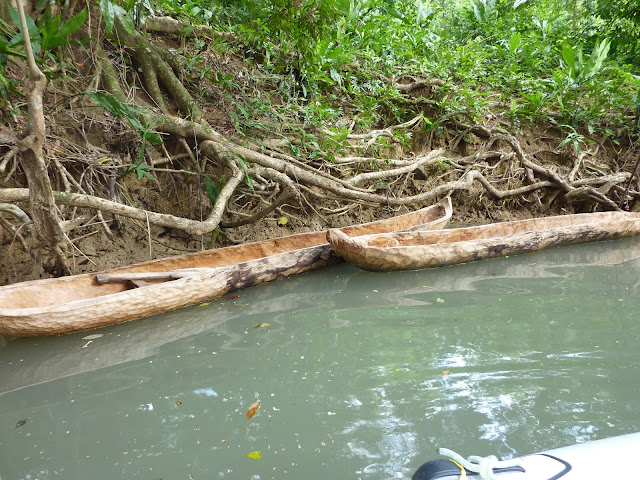








 Paddling upstream, we could see bananas, plantains and calabashes growing from nearby.
Paddling upstream, we could see bananas, plantains and calabashes growing from nearby.



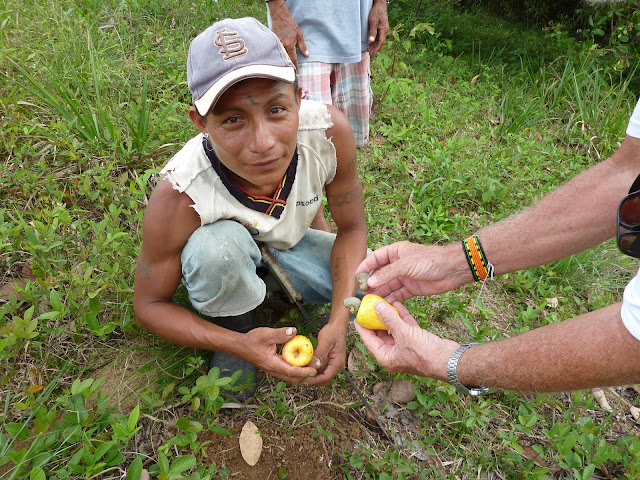


 On the way down river/stream, Justino pointed out baskets full of leaves gathered by one of the medicine men of the islands
On the way down river/stream, Justino pointed out baskets full of leaves gathered by one of the medicine men of the islands



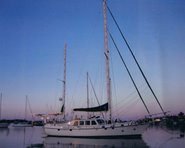
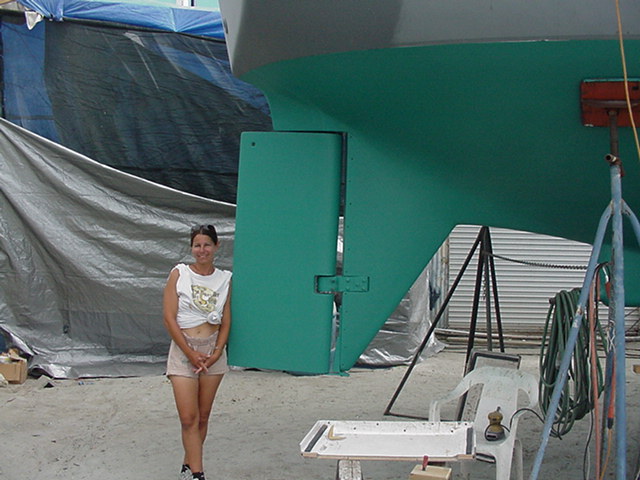
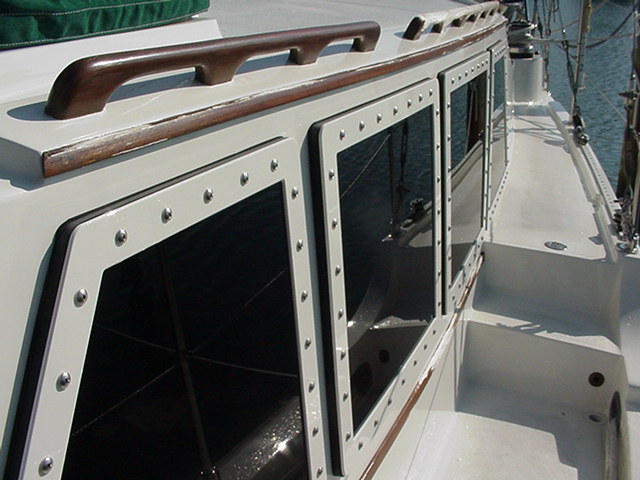
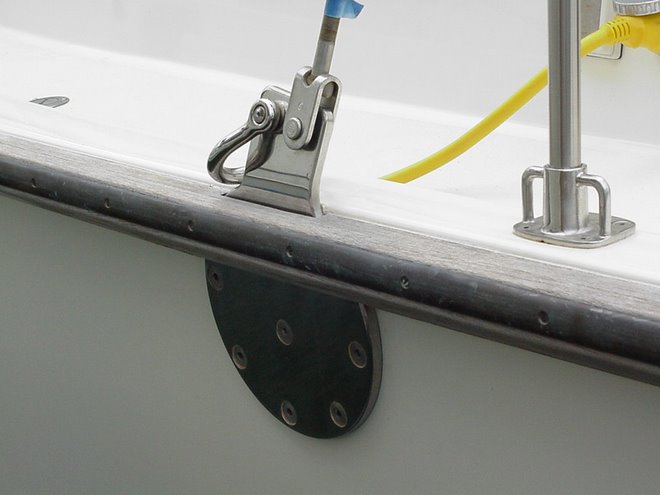
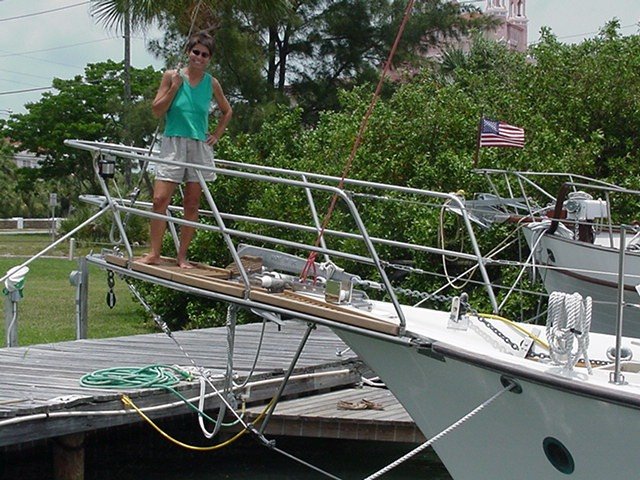
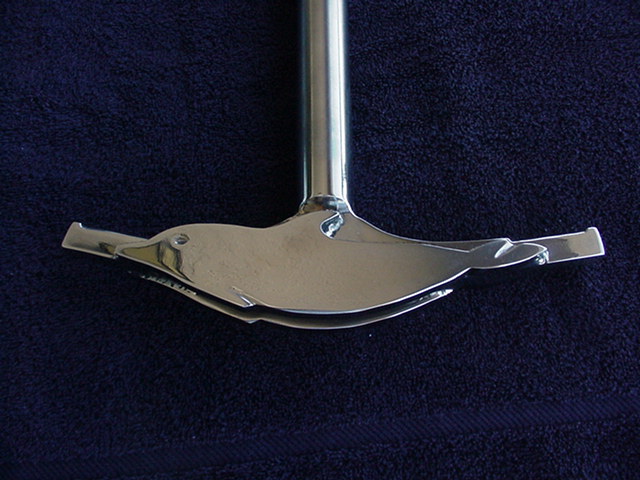
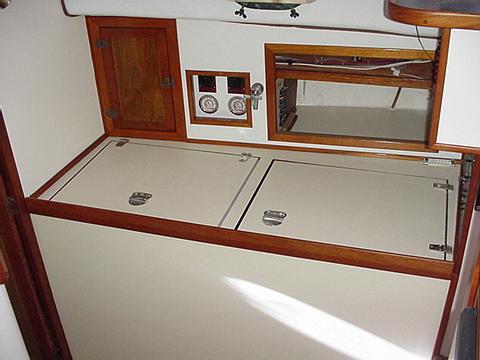
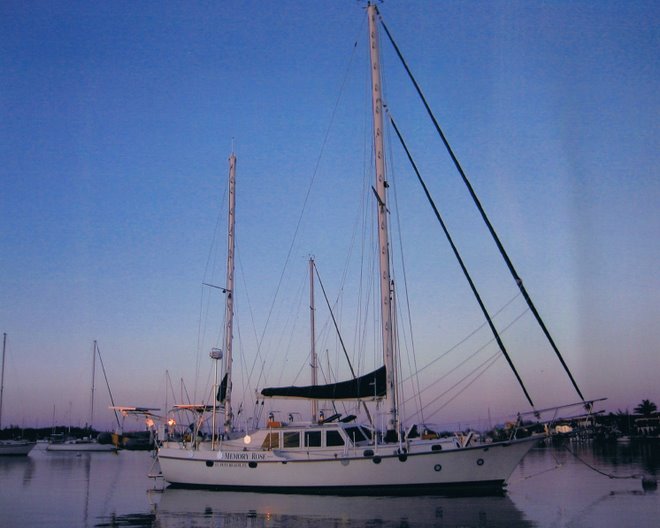
1 comment:
Now those are *proper* canoes!
Post a Comment